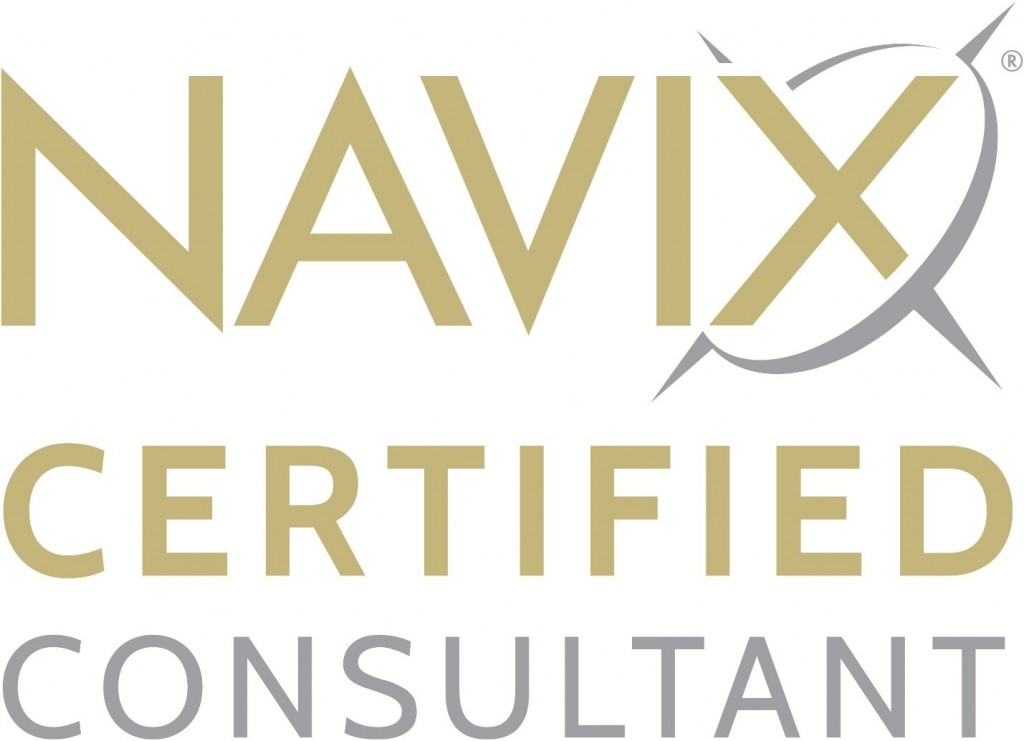Why There are Only Four Exit Strategies and the Danger of Not Knowing Yours
29.07.2019
By: Patrick Ungashick

To the surprise of many business owners, there are only four ways to exit from a company. One day, you will either pass your company to family members, sell to an outside buyer, sell to an inside buyer, or shut it down. Those are the only four possible exit strategies. Period. They are:
1) Pass to family
2) Sell to Outside Buyer
3) Sell to Inside Buyer
4) Shut it Down
Accurately identifying which of these four exit strategies is yours can make or break your exit success. Here’s why.
But wait – What About Other Exit Strategies?
Before explaining why it’s imperative to know which of the four exit strategy is yours, you might need proof that only these four occur. Let’s start with “I never want to exit”—a common sentiment. Saying you never want to exit means, you intend to hold onto the company until you die (or perhaps get very, very sick.) Death is not a strategy—it’s a timing event. If you still own some or all of your business at your end, one of the four outcomes listed above will always happen: your interest in your company will pass down to family or be sold to an outside buyer or be sold to an inside buyer, or the company will be shut down. If you intend to own your company until death, that’s fine, but you still have to determine what happens to your company at that time.
What about the idea of holding onto your company and letting a management team run it while you sit back and deposit distribution checks? This is not an exit strategy either. Having a competent management team that can run your business without you is excellent. It can give you time to do other things and increase your business’s value. But it’s not an exit strategy. You still own the company. You will yet have to figure out one day what happens to it. You still have significant personal wealth tied up in the business that you will want to access at some point. Delegating leadership to a team may be the right tactic for now, but eventually turnover happens; at some point, you will have to get involved back again.
What about ESOPs? Employee stock ownership plans (ESOPs) are not an exit strategy—they are a tool to help sell a company to an inside buyer—the third strategy. What about going public? That’s a way to sell a business to an outside buyer—the second strategy. What about an intentionally defective grantor trust? That is a tactic to pass the company to your family members—the first strategy. The point is that there are many exit tactics and structures out there, but they are all tools to help achieve one of the four exit strategies.
Why it is Crucial to Know Your Exit Strategy
The primary reason to know which of the four exit strategies likely applies to you and your business is that each strategy requires a different and mutually exclusive path to maximize your results. In other words, to implement one strategy, you will need to make decisions and take actions that are incompatible with the other strategies. If you don’t know which strategy is yours (or if you pick the wrong strategy), then you risk making decisions that undermine or outright block exiting successfully. Here are a few examples:
Business Valuation
If your desired exit strategy is to pass your business down to your family (the first strategy), then you must take steps to establish the lowest defensible valuation for your company to reduce potential gift and estate taxes.
In contrast, if you intend to sell your business to an outside buyer (the second strategy), then you will seek to create the highest potential valuation for your company when pursuing potential buyers. These are entirely incompatible courses. And, if you intend to sell your business to an inside buyer (the third strategy) then in some situations you will want a low valuation (again—think taxes) but in other cases, you will benefit from a higher valuation. Not clearly knowing your chosen exit strategy risks making critically wrong decisions that impact the business’s valuation.
Leadership Succession
If you intend to pass your business down to family ( the first strategy) or sell to an inside buyer (the third strategy) it’s not enough to have a strong leadership team—you must also have a successor CEO trained and ready to go. Otherwise, your exit very possibly will fail because when you (presumably the current CEO) leave the company, you will not have anybody to replace you. Compare this with the second strategy, selling your company to an outside buyer. Most of the time, having a successor CEO when selling your business to an outside buyer is helpful but not necessary, because the buyer has its own senior leadership team. So, which exit strategy you adopt will determine how you need to hire and develop your leadership team.
Taking Money Out of the Company to Reach Financial Freedom
A third example involves taking money out of the company before exit. Too many business owners leave too much cash in their company, presumably to be used at some point to fund future growth. If you intend to pass your business down to family (the first strategy), sell to an inside buyer (the third strategy), or shut the company down at your exit (the fourth strategy), in most situations you should maximize distributions from the company at every opportunity to reach your personal financial freedom. In those three exit strategies, there may be little to no liquidity event at your exit. In contrast, if you intend to sell your business to an outside buyer upon exit (the second strategy) then reinvesting smartly in the company to maximize growth may be the best use of cash. Again, which decision you make should be driven by having a clear knowledge of your likely exit strategy.
Conclusion
There are many additional considerations and advantages associated with knowing your best exit strategy: it simplifies getting ready for exit, reduces confusion and stress, and can saves costs. But the most important reason is to avoid the danger of making the wrong decisions for the wrong reasons. To get started, consider our free ebook and begin with determining your ideal exit strategy.
If you have a quick question coming out of this article or, if you want to discuss your situation in more detail, we can set up a confidential and complimentary phone consultation at your convenience contact Tim 772-221-4499.

 Tim is a Consultant to Business, Government and Not-for-Profits Organizations specializing in innovative and challenging ways for organizations to survive, to thrive and to build their teams.
Tim is a Consultant to Business, Government and Not-for-Profits Organizations specializing in innovative and challenging ways for organizations to survive, to thrive and to build their teams.